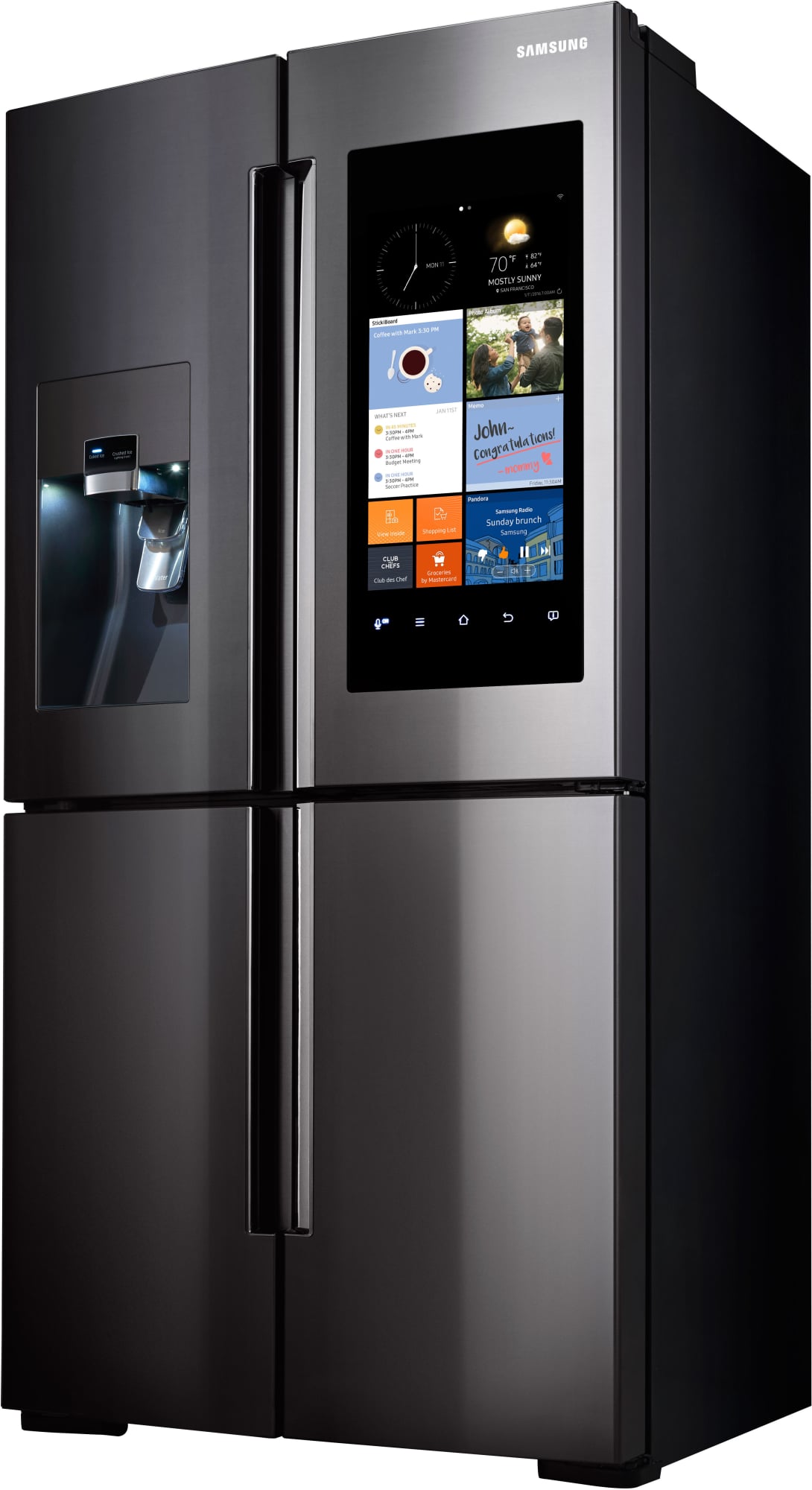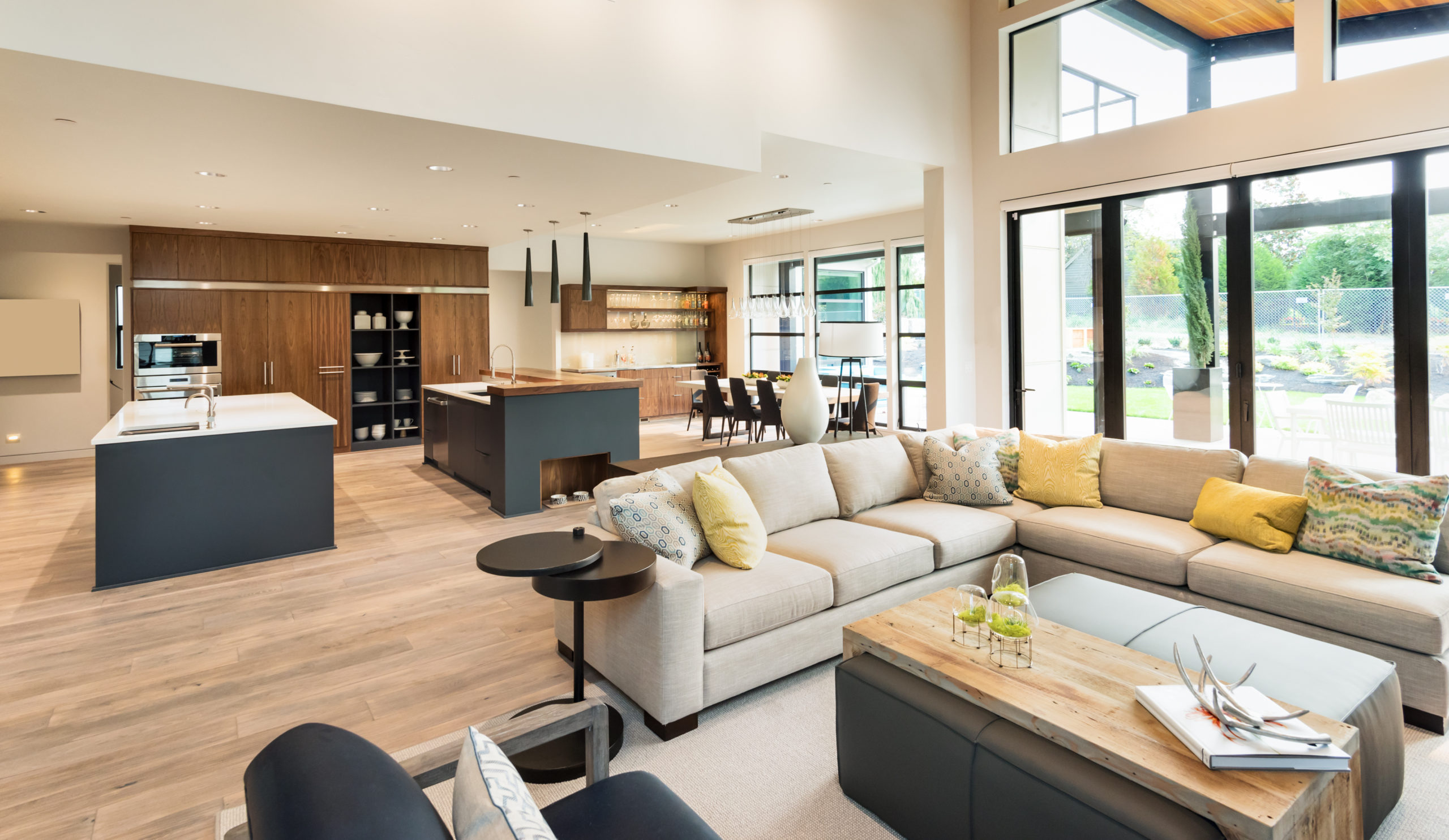Table of Content
It works better than range extenders to ensure even coverage and get rid of those pesky dead spots. Wink even sends the hub out “Thread-ready,” which means when the soon-to-be-huge Thread protocol becomes more widely available in devices, the Wink 2 will already be good to go. The Wink 2 supports a ton of protocols, but its availability varies. We independently research, test, review, and recommend the best products—learn more about our process. If you buy something through our links, we may earn a commission.
The Nest Wi-Fi routers will function as Matter hubs, as will the second generation Nest Hub and the Nest Hub Max. This sneaky little sphere isn't just a speaker and voice-assistant home-base, it's a Matter smart home hub, too. Then you need to connect the smart hub to help Alexa work correctly.
The downside: limited access to full device features
Ultimately, where you should place your router depends on a variety of factors such as home size, building materials, and device placement. To determine which location is best for you and ensure optimal performance from your router, consider consulting with an IT professional for assistance. After that, select the devices tab present at the base of the screen. All these make your life easy, as you have to say, a voice command to operate the machine. Get instant access to breaking news, the hottest reviews, great deals and helpful tips.
Zigbee is an efficient smart hub to connect Alexa with intelligent devices. It is a wireless protocol for creating a mesh network where the devices can transmit signals. There are about 2500 Zigbee devices, like motion sensors, plugs, sprinkler controllers, and lights. These days, most smart home products actually don’t require a hub, making it simple for anyone to raise their space’s IQ with a simple smart speaker, smart light or smart plug. Companies have developed connectivity features enough to get their products online just through Bluetooth or a Wi-Fi network password. Any discussion around home automation hubs should begin with a basic primer on protocols, or the method of communication used to control your devices.
Set up HomePod mini or HomePod as a home hub
As one of the first manufacturers of Thread-enabled devices, Eve Systems should also support the new standard, at least with some devices, close to the market launch of matter. You can already find an overview of devices for which a matte update has already been announced in our device overview. However, it may well be that not all device types will be supported by matter in HomeKit when it is launched in the fall of 2022.

Smart displays add on video capabilities and controls and can act as standalone entertainment centers and smart home cameras. For most people who are interested in setting up smart devices in their home, a dedicated smart-home hub is likely unnecessary. Smart-home hubs act like a go-between for other smart devices—lights, locks, sensors, thermostats. Until recently they were an essential component for controlling a smart home but that’s no longer the case. Digital assistants found in popular smart speakers, like Siri, Alexa, and Google Assistant, are able to perform many of the same tasks as a hub but with far less fuss. Often you can even set up your products directly through a smart home hub app.
Reviews
There will still be a hub, but you might not even notice it’s there. In the Alexa app, open the setting device settings and then edit the name, group of devices, and device location. Remember when we talked about wireless transmitters and receivers?
SwitchBot smart hub works with Alexa, Google Assistant, Siri, and other smart assistants too. After you set up a home hub, you can create custom home automations in the Home appor personal automations in the Shortcuts app. To use your iPad as a home hub, it must remain in your home, powered on, andconnected to your home Wi-Fi network.
Wi-Fi is ubiquitous and Wi-Fi smart devices are usually very easy to install, but they draw more power than Z-Wave and Zigbee devices and are known to drain batteries quickly. Moreover, installing too many Wi-Fi devices can impede network performance. Many security cameras and doorbells use Wi-Fi, and any hub worth its salt will contain a Wi-Fi radio so you can connect to your home network and control your smart devices from anywhere. Z-Wave is completely wireless and operates at a low radio frequency, which means it will not interfere with Wi-Fi signals, portable phones, and microwave ovens.
There are many smart technologies such as smart lights, digital locks, security cameras, thermostats and more which you can create in you home. And to control all these smart home technologies-all from a single interface, then you need to have a smart home hub. Ultimately, whether or not you need more than one smart hub depends on the size and complexity of your setup.
From choosing the right accessories to hand-holding your way through the complete setup, expect me to cover everything in an easy-to-understand manner. It depends, If all the devices at your home have WiFi functionality and can potentially communicate with your home network directly, so you probably don’t necessarily need a smart hub. For really serious smart home enthusiasts with very diverse smart home ecosystems , it’s likely to remain true that a dedicated smart home hub will remain a necessity. A smart home automation hub is the device that functions as the focal point for the home mechanization plan and keeps all devices connected. The initial aim of the separate multipurpose hub is to control everything with Alexa. The Samsung SmartThings Hub is one of the most diverse smart home hubs on the market.

This announcement doesn’t affect our current picks right now, but we will be taking it into account as we make our recommendations going forward. The first one is the Samsung SmartThings Hub, which is compatible with the Zigbee and the Z-Wave devices. Samsung is a good option, because they also have several products for the smart homes, including lights, switches and sensors. The Zigbee Smart Hub present in some of the Echo devices works with a lot of smart devices, such as lights, sensors, switches and so on. After researching the different products that are considered smart devices and are certified to work with Alexa, only some smart plugs and some smart bulbs can be used without having a Smart Hub. Instead, the devices should communicate directly with each other.
With so many smart devices in the market nowadays, it is difficult to understand what we need and what we don’t need to make them work together in our house. When I started researching about Alexa, the idea of a hub didn’t make much sense. The Echo Plus only offers Zigbee for now, which is only one protocol among many. The Echo Plus would be a more compelling hub if it also offered Z-Wave or Bluetooth, but considering most smart home devices work with Alexa already, it’s not a dealbreaker. If you use smart home devices from a bunch of different manufacturers and with different protocols, then the Wink 2 is your best chance of connecting them all.
The easiest way to guarantee compatibility is to buy all the products and devices from the same manufacturer. However, not everyone wants to rely on one specific ecosystem. “When choosing a product, it’s important that it will be future-proof. In this way, advancing technologies will be key,” explains Rai. Look for products that support newer technologies such as Bluetooth Low Energy, Thread, and Matter.
Why you need to buy a smart hub?
I'm PCMag's expert on fitness and smart home technology, and I've written more than 6,000 articles and reviews in the 10-plus years I've been here. I unbox, set up, test, and review a wide range of consumer tech products from my home in Florida, often with the help of my pitbull Bradley. I'm also a yoga instructor, and have been actively teaching group and private classes for nearly a decade. If you want to power up your smart home, then you need to install smart sensors—tiny detectors that tell other smart devices what to do automatically.

No comments:
Post a Comment